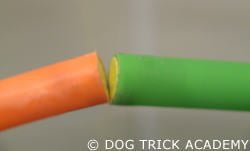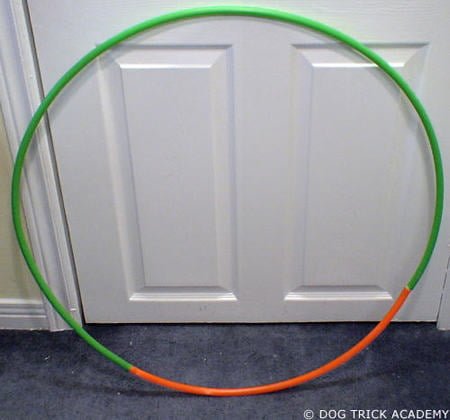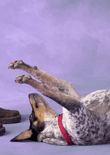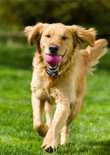
How to Teach a Dog to Fetch
By Sally Gutteridge | Posts , Tricks
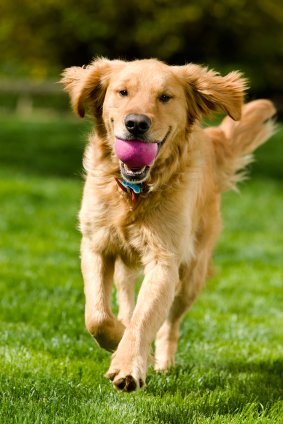 Do you ever watch dog owners and their pets playing with a ball or toy in the park and wish that your own dog would fetch his toy as nicely? Perhaps your own unwilling canine simply looks towards you and his thrown ball before wandering off to sniff around a nearby bush. His lack of interest in bringing anything back, leaving you with no option but to retrieve the toy yourself?
Do you ever watch dog owners and their pets playing with a ball or toy in the park and wish that your own dog would fetch his toy as nicely? Perhaps your own unwilling canine simply looks towards you and his thrown ball before wandering off to sniff around a nearby bush. His lack of interest in bringing anything back, leaving you with no option but to retrieve the toy yourself?
The good news is that almost any dog will enjoy a game of fetch and learn to play with enthusiasm if you make the activity enjoyable. By reading on, you can learn, in easy steps, how to make your dog focus on his toy and teach him that a retrieve game is rewarding.
There are great benefits to owning a dog that enjoys fetch games. Advantages include the ability to provide beneficial exercise in a small place and short time. A dog that runs regularly and with enthusiasm to fetch a ball a few times will reap physical benefits from short bursts of high energy and good muscle tone. This type of game is perfect for using up energy when time is short, before dog training sessions and during time limited exercise periods.
How to teach a dog to fetch in three easy stages
The Valuable Toy
- Find a toy that your dog loves. Work out which toy your dog likes most, you can do this by playing with a number of toys and seeing which he gets most excited about. You can improvise with toys by putting a ball in an old sock initially and encouraging tug games or if your dog likes food as a reward you can place something that smells and tastes nice inside a toy and give him the chance to try and get it out.
- By encouraging your dog to play with a particular toy you will be showing him how much fun this toy can be. This will increase his motivation to chase it when the toy is thrown. You will also be increasing the value of the toy because anything that promotes fun activity with you as his owner will become a high value resource to your dog.
Increase Motivation
- When your dog sees his toy as something special and likes to play with or carry it around you can begin to limit access to the toy. Take it away at the end of a game and put it out of sight. Limit sessions where you play with the toy together to a few minutes at a time. Always swap the toy for something with your dog though as this will encourage him to let go of it nicely and take away the risk of guarding it.
- By making the toy more of a valuable item you will be increasing your dog’s motivation to chase it when it’s thrown. This increase of interest will firstly encourage the initial chase to retrieve his toy and secondly ensure that he is confident and interested enough to hold the toy for long enough to carry it back to you after he picks it up.
Building frustration and swapping his toy
- When your dog gets the idea that he goes to fetch a toy when thrown you can build his frustration. Do this by holding his collar and throwing the toy, hold him for a few seconds then running with him to the toy, this is great as a race. He will really enjoy this game. When he does bring the toy you can swap it with him for something interesting, sometimes it is useful to have two toys exactly the same.
- By building your dogs frustration you will be making this game extremely fun for him. Holding him back from running to fetch a thrown toy will certainly make him want to perform an enthusiastic chase routine. By swapping his fetched toy for food or something equally rewarding you will be encouraging your dog to bring his toy back to you rather than run gleefully around the park with it.
Training your dog to fetch a toy will be one of the most useful and rewarding things you teach him. For more information and many other things that you can do with your dog, visit our dog forum where you can also chat and share experiences with many other dog owners.
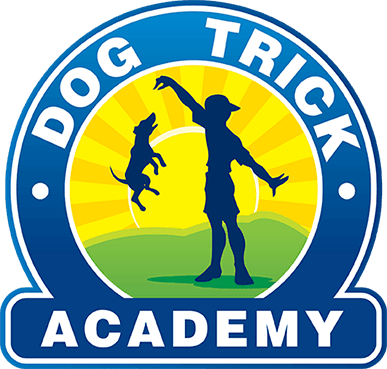
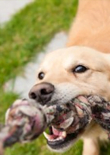
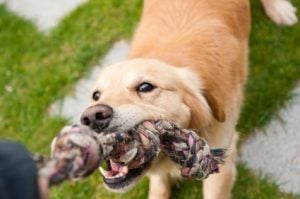 Playing with your dog will build the relationship between you. It will use his mind in order to enable him to settle when you need him to, and an enthusiastic game will certainly be fun for both of you. The home that hosts multi dogs automatically provides stimulation for the animals by allowing interaction with each other. Single dogs benefit greatly from the interaction and stimulation they get when you play with your dog.
Playing with your dog will build the relationship between you. It will use his mind in order to enable him to settle when you need him to, and an enthusiastic game will certainly be fun for both of you. The home that hosts multi dogs automatically provides stimulation for the animals by allowing interaction with each other. Single dogs benefit greatly from the interaction and stimulation they get when you play with your dog.
 The bang trick is great fun to watch and perform. A dog that is taught properly to respond to “Bang” as a command word will drop to the ground, when shot with a gun created from his handlers fingers, and stay perfectly still until a release cue is given.
The bang trick is great fun to watch and perform. A dog that is taught properly to respond to “Bang” as a command word will drop to the ground, when shot with a gun created from his handlers fingers, and stay perfectly still until a release cue is given.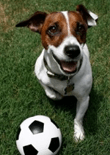
 Dog training games provide so much more than mental stimulation to your dog. They enable handler control and encourage the dog to focus. They build the relationship between you and your dog and bring the same relationship onto another level.
Dog training games provide so much more than mental stimulation to your dog. They enable handler control and encourage the dog to focus. They build the relationship between you and your dog and bring the same relationship onto another level.
 A saying used daily in many circles is “you can’t teach old dog’s new tricks”. This is simply not true. A dog of any age will learn when motivation and circumstance permits. A human being can obtain a higher degree whilst simultaneously drawing a pension. A middle aged or elderly dog can learn equally well.
A saying used daily in many circles is “you can’t teach old dog’s new tricks”. This is simply not true. A dog of any age will learn when motivation and circumstance permits. A human being can obtain a higher degree whilst simultaneously drawing a pension. A middle aged or elderly dog can learn equally well.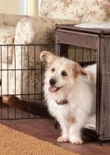
 Dog crate training doesn’t have to be an overwhelming or even frustrating task. When you use the right methods, you can successfully crate train your dog without using force or punishment.
Dog crate training doesn’t have to be an overwhelming or even frustrating task. When you use the right methods, you can successfully crate train your dog without using force or punishment.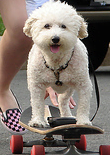
 Teaching your dog new tricks might not be the easiest thing in the world, but it’s highly beneficial to you and your dog. Teaching your dog new tricks can help strengthen your relationship with your beloved pet in many ways. Below are some great reasons why you should start teaching your dog new tricks.
Teaching your dog new tricks might not be the easiest thing in the world, but it’s highly beneficial to you and your dog. Teaching your dog new tricks can help strengthen your relationship with your beloved pet in many ways. Below are some great reasons why you should start teaching your dog new tricks.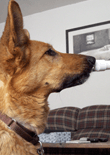

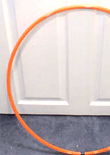
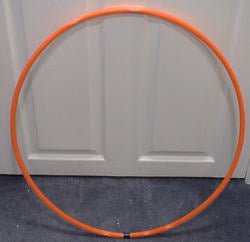

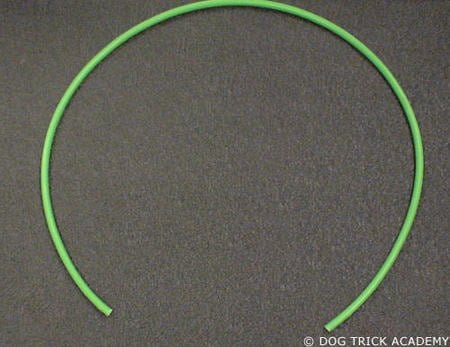
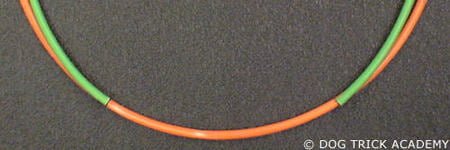
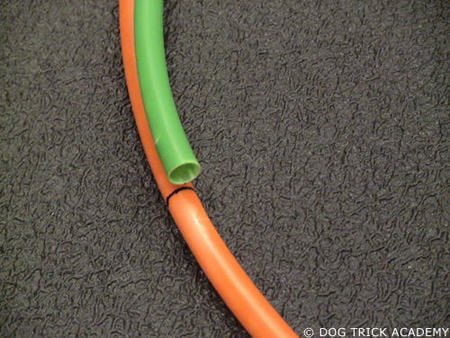
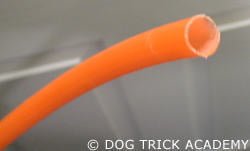
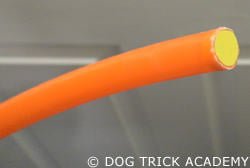
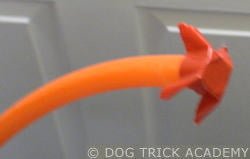 xxx
xxx